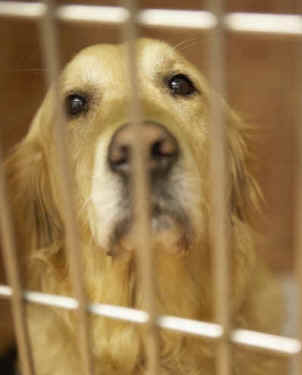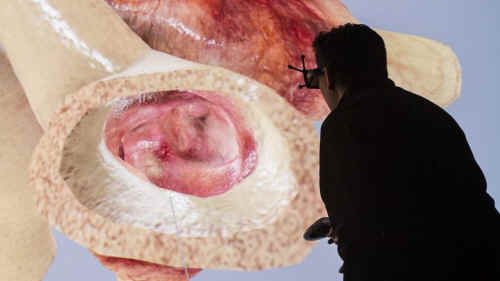
Virtual heart shows real compassion by sparing animals
Alternatives to Animal Testing, Experimentation and Dissection - An Animal
Rights Article from All-Creatures.org
FROM
Barbara Stagno, Citizens for
Alternatives to Animal Research and Experimentation (CAARE)
July 2015
The Living Heart Project is a complex model that is a scientifically validated, fully authentic, three-dimensional model of the human heart and cardiovascular system. The simulated heart will allow clinicians, researchers and device manufacturers to explore the heart and its response to treatments, including testing treatments such as pacemaker leads, cardiac valves and stents, all without using animals.
Computational modeling is an exciting area of biomedical research that uses computer technology to collect, organize and generate information to simulate biological systems. Also referred to as “In silico” research, the goal is to produce programs that mimic biological systems to generate new scenarios and predictions.
Now a French company, Dassault Systèmes, a world leader in 3D design software, has announced the commercial release of the first virtual human heart for use by medical professionals.
The Living Heart Project is a complex model that is a scientifically validated, fully authentic, three-dimensional model of the human heart and cardiovascular system.
The simulated heart will allow clinicians, researchers and device manufacturers to explore the heart and its response to treatments, including testing treatments such as pacemaker leads, cardiac valves and stents, all without using animals.

Dogs, pigs, sheep and mice are most commonly used for cardiovascular disease research.
The Dassault 3D heart is ideal for testing medical devices, which can be inserted directly into the model to examine its effect on the heart, validate competency and test responses to a broad range of scenarios.
The Living Heart Project is part of a collaboration that involves over 45 medical professionals, regulatory agencies and organizations. In November 2014, Dassault signed a five-year collaborative agreement with the US Food and Drug Administration (FDA) to develop and test cardiovascular devices.
According to Dassault, “The Project has already been used to validate the efficacy of a novel valve assist device prior to insertion in a real patient and understand the progression of heart disease.”
Computational modeling not only helps to design new technologies but is also a robust tool for personalized medicine.
A patient’s own CT or MRI scan can be input to reconstruct the individual disease and predict their biological response, creating a unique model to optimize treatment.
Click HERE to watch The Heart of the Future detailing the Dassault virtual heart. Credit: Dassault
The Living Heart Project goes beyond merely recreating cardiovascular anatomy. It also enables The Virtual Operating Room, where clinicians can carry out simulated surgical procedures in real time.
It’s most futuristic application is the 3D display environment where scientists, wearing specialized eyeglasses, can explore deep inside the simulated heart using holographic 3D technology.
The effect is a deep dive immersion into the minute intricacies of the human heart and surrounding vessels, delivering powerful information directly applicable to understanding and treating heart disease.
Apart from the “wow effect,” the simulation allows research to be carried out digitally, aggressively exploring new innovations without concern for adverse outcomes. Simply put, it’s a game changer.

A scientist wearing 3D glasses goes “inside” the heart. Photo credit:
Dassault
The Living Heart Project promises to deliver superior science and optimal personalized treatments, all at reduced costs and without taking the lives of animals.
It represents only one application of computational modeling, which can be applied to other organs throughout the body, ultimately enabling the accurate reconstruction and simulation of the entire human body.
Return to Alternatives to Animal Testing, Experimentation and Dissection
Read more at Animal Rights Articles







